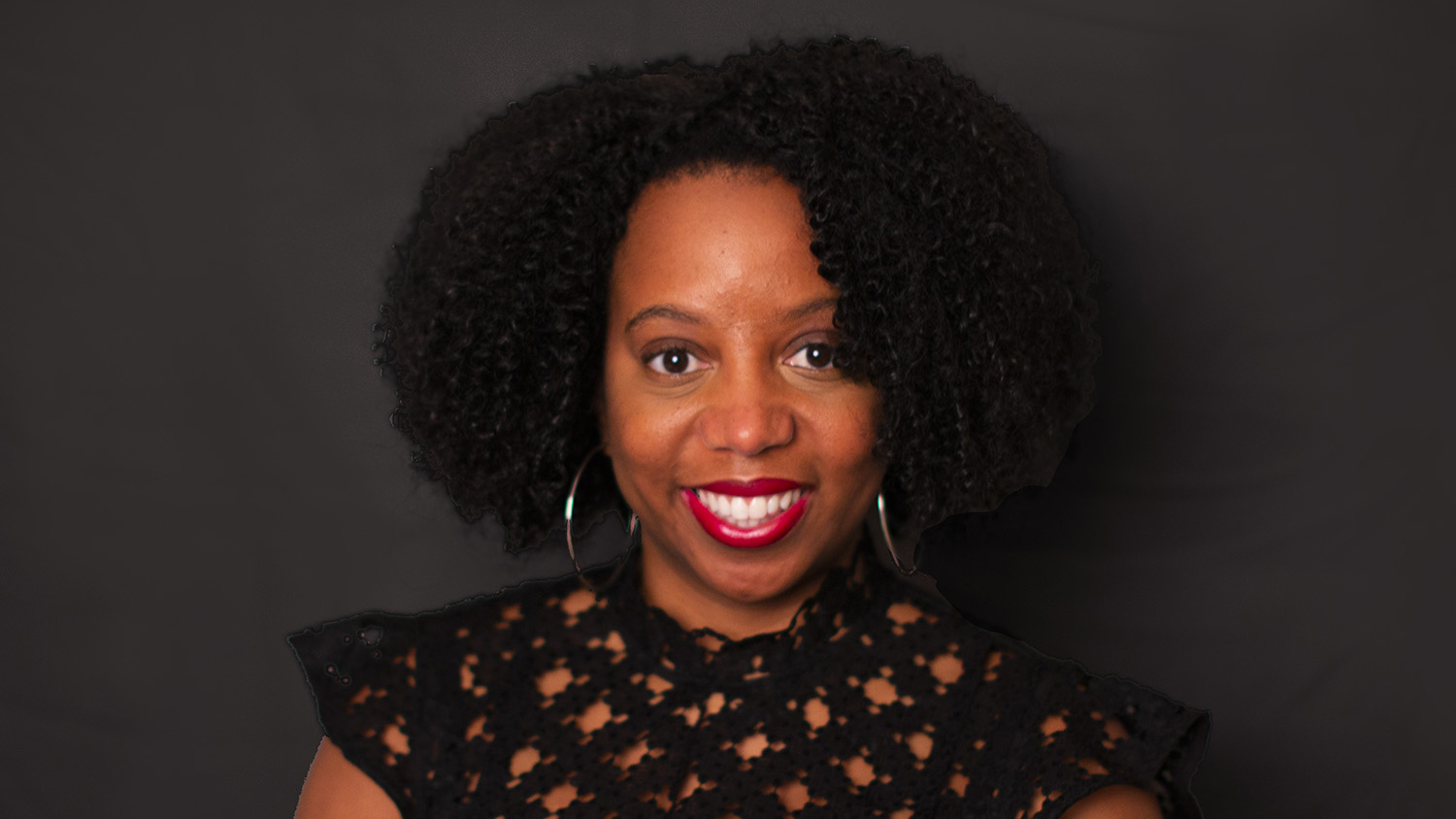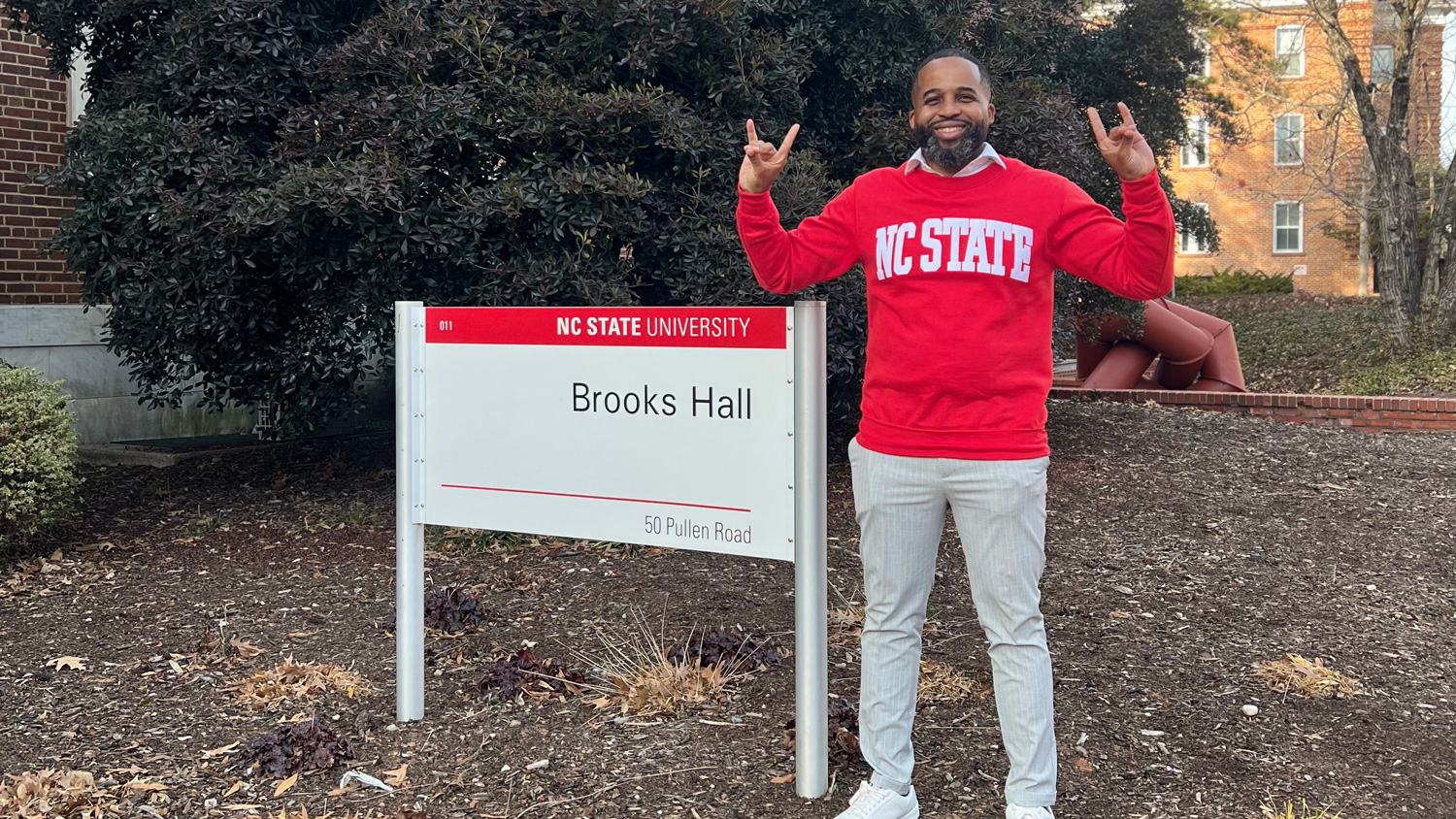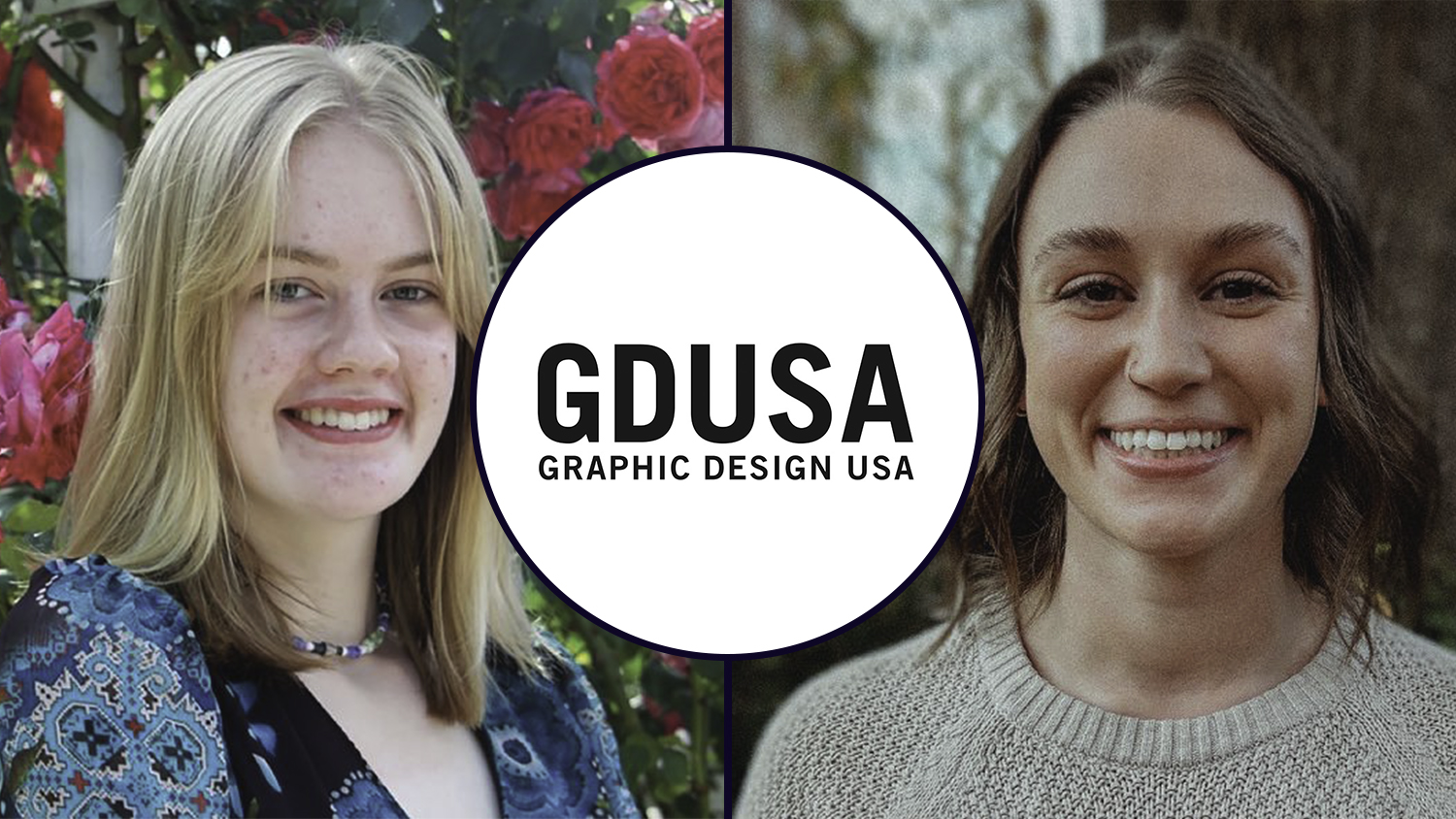Renee is an Associate Professor and Program Coordinator of the Communication Design program at the University of Cincinnati’s College of Design, Architecture, Art, and Planning. She is a graduate of the Graphic Design program at the University of Cincinnati in 2002 and received her Master’s from North Carolina State in 2008.
“As a Black woman, my identity of being Black sometimes supersedes that of being a woman, and all of this came out in this poster I was working on for AIGA,” said Renee Seward, director of the Communication Design Program at the University of Cincinnati for the past fourteen years. She was asked to create a poster encouraging women to vote, but with the events happening in June 2020, that evolved the way she tackled the work. “I was happy that that opportunity came my way, and that I could make what I want and say what I want, but I was slightly nervous in how it would be received,” she adds.
Including her voice paid off – she recently was named a winner in the Graphic Design USA Design competition for the poster she developed for the American Institute of Graphic Arts (AIGA) to promote voting. Reaching this point in her career has been a long road, but Renee has never been shy about speaking her own truth.
“I think there are lots of good discussions and when you have lots of different voices, you can hear everyone’s perspective. I think the love in my research is dealing with people who can’t read and seeing the world from their perspective and how they solve problems. So, difference is good,” she adds.
Through her company, See Words Reading®, she does research that focuses on developing digital and physical tools that seek to address our society’s literacy problem. “When I started on this project, it was my thesis at NC State. iPads weren’t even around. I was just hypothesizing on how touchscreen technology would impact education,” she says.
She started by going to private schools and seeing how teachers there helped students who were struggling to read. She quickly realized that children in public schools faced the same issues, but without the benefits of small classrooms and individualized attention. So, she brainstormed how to use technology to make an impact in larger school environments.
Becoming a teacher gave her the time and space to ask the questions that she wanted to ask: What can design do? How can design influence and help her community?
When she was early in her career, she felt that her work wasn’t reflecting her as its target audience. “That bothered me,” she says. “I would be asked to design an angel, and I would make a Black angel. And the client would have issues until it became a white, blonde angel. It seemed like whenever you brought in a person of color, that the message was talking about diversity or it’s talking about people of color, and that wasn’t the target audience. So I started stepping away from those projects.”
Her past experiences led her to the advice she gives to new Black students entering the profession. “Our thoughts and our minds and the backgrounds that we come from are necessary to help address the problems that are ahead of us in this world,” she says. “I want [students] to go out there, and be comfortable in the room that they’re in, and to speak the knowledge that they know – you deserve a seat, you got a seat, take the seat and change the world.”
- Categories:



